Start-ups see sustainable future in seaweed farming
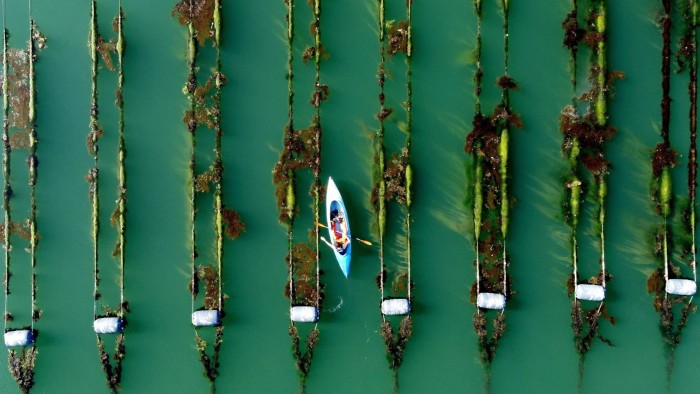
Roula Khalaf, Editor of the FT, selects her favourite stories in this weekly newsletter.
When Gaëtan Zackrisson answered a call from a friend seeking help with a university-sponsored seaweed project in 2016, he had no idea how much of an impact it would have on his life.
At the time, Zackrisson’s knowledge of seaweed didn’t extend beyond the menus of Asian restaurants in his native Sweden. That changed when he began working with it, and he has not looked back.
“I understood that there was a sector in this [aquaculture] industry that is growing rapidly,” he says.
Seven years later, Zackrisson is an operational manager for Nordic SeaFarm, a University of Gothenburg spin-off company that grows offshore seaweed for restaurants and food companies.
A dietary staple in Japan, Korea, and China since at least 800BC, seaweed, or macroalgae, is rich in protein, sequesters carbon, and can be farmed in the ocean with no need for fertilisers or pesticides. Some varieties, when added to cattle feed, can also significantly reduce the amount of methane — a potent greenhouse gas — that cows belch out.
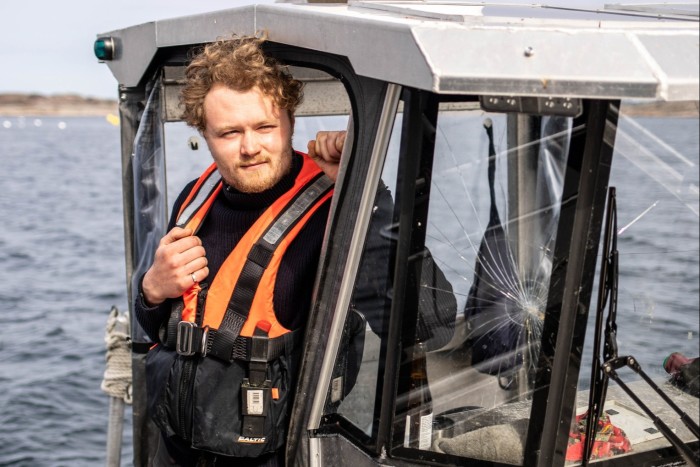
This combination of eco-friendly properties is attracting attention from entrepreneurs and investors. According to research firm Fortune Business Insights, the global seaweed market is likely to be worth nearly $25bn by 2028, up from $14bn in 2020, as businesses look to the sea for less carbon-intensive sources of food — the so-called “blue economy”.
While Asia accounts for about 97 per cent of global seaweed production, interest is growing in the US, Australia and Europe. Phyconomy, a seaweed information provider, reported 41 start-up investments in those places last year, up from 2021 and amounting to $120mn.
Nordic SeaFarm operates in the oxygen- and nutrient-rich waters off the coast of Sweden, where it has licensed 6 hectares of ocean from the government to grow sugar kelp on lines of rope tethered to anchors.
Seeds are sourced from mature plants growing near a permanently moored platform and are planted on the ropes in the autumn, where they grow for months with little to no maintenance. By the spring, the seaweed — which can be eaten raw — is about 2 metres long and ready to harvest before the water temperature rises and other species of seaweed grow on to the kelp blades, spoiling the purity of the product.
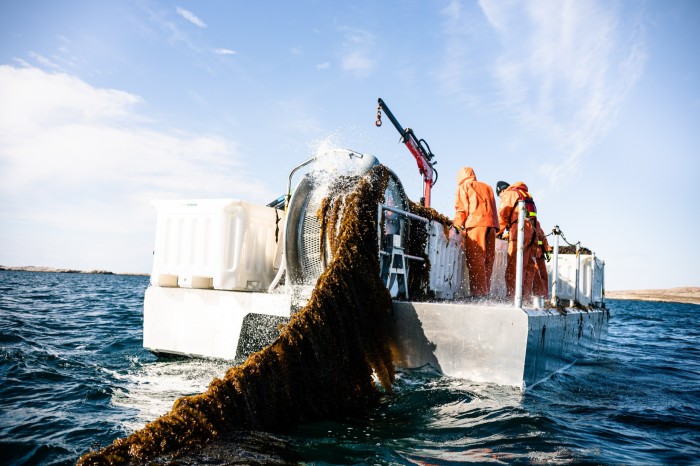
The operation yields about 80 tonnes of seaweed a year in wet weight. This is washed and blanched to get rid of excess iodine, and dried in the open or in tents. It is then sold as whole leaves or processed further and sold to food businesses as flakes or powder.
Nordic SeaFarm is also growing 2 hectares of ulva, known as sea lettuce, with backing from the EU’s BlueInvest fund, which finances sustainable marine technologies.
Zackrisson says the company is focused on business-to-business relationships, but is considering launching a consumer brand when the market is ready.
“The first step now is to get the product into the restaurants, into the kitchens, in the hands of the chefs,” Zackrisson says. “If you can remove a part of the food that is produced on land and put it out on the sea, then that’s a positive because you use less land and produce more food.”
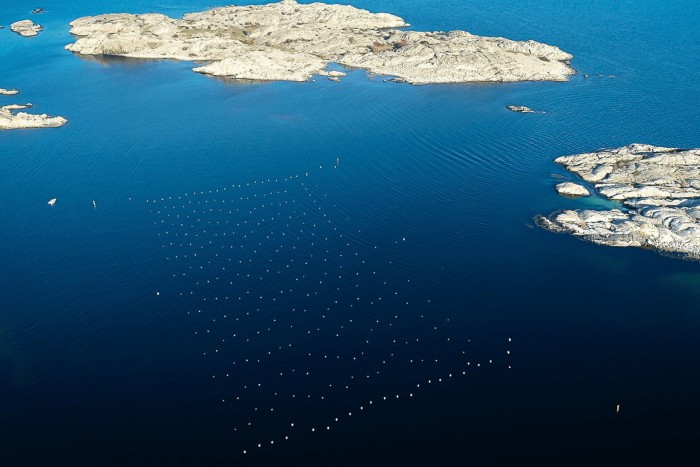
In a study published in January, in the journal Nature Sustainability, researchers argued that substituting 10 per cent of the current human diet globally for seaweeds would free up about 110mn hectares of land — an equivalent to double the land area of France. They estimate that about 650mn hectares of global waters could support seaweed farms.
Europe’s policymakers are excited by the possibilities. “Now is the time to fully harness the potential of algae as a renewable resource in Europe,” declared the European Commission in November, in a paper calling for increased production through support for start-ups and streamlining of regulation.
“What’s needed is a couple of pioneers that pave the path, but that will take 10 years and we are crazy enough to take up that role,” says Joost Wouters, chief executive of producer The Seaweed Company. “For us, that’s the fun part, all that hitting your nose against the wall, because every day, in every way, we grow better. It gives us a lot of energy.”
The Seaweed Company grows Atlantic wakame, sugar kelp and ulva for human consumption on a 50-hectare farm in Irish waters and on a 3-hectare farm in Dutch waters. In Morocco and India, they grow different types of seaweed for its animal feed brand, TopHealth.
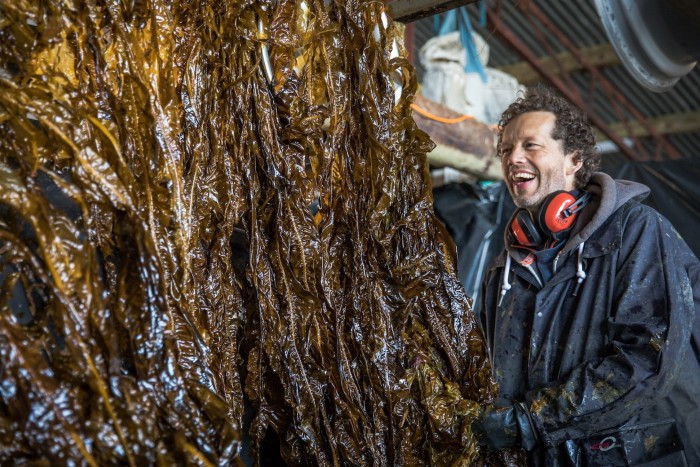
One of their core products for humans, SeaMeat, combines seaweed and beef into one patty. Wouters believes this hybrid approach gives consumers a product they are at least partly familiar with. “People don’t eat what they don’t know,” he points out.
It has led to commercial partnerships with other food companies, too, which now incorporate The Seaweed Company’s produce in chocolate, cheese and even an alcoholic seltzer.
“We work with restaurants, with chefs, but also with meat processors,” Wouters explains. “And we say, ‘OK, take your own recipe, what you normally already use. We don’t have to create a new recipe, just replace it.’”
But while advocates suggest seaweed aquaculture has the potential to revolutionise sustainable food production, critics point to the environmental downsides — especially if it is adopted at scale. These include seabed shading, with sunlight prevented from penetrating to lower depths, equipment pollution from anchors and ropes, and possible depletion of nutrients.
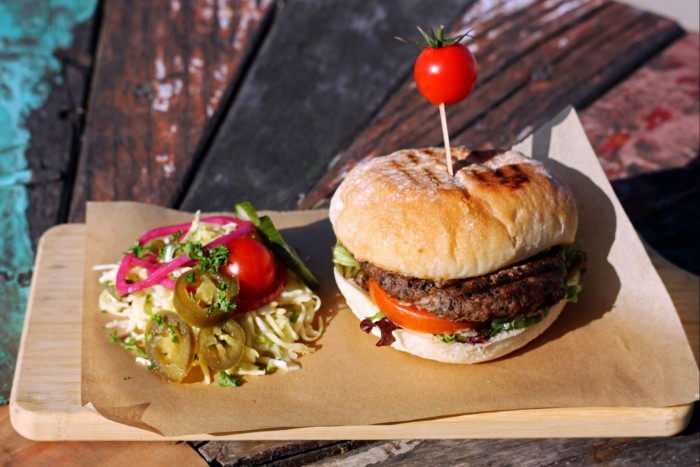
Karlotta Rieve, a project manager at Hatch Innovation Services, an aquaculture consultancy, acknowledges that seaweed farming has adverse effects, but says that most of Europe’s farms are not big enough to have a significant impact.
Although the variety of current farming locations make it hard to measure the overall effect on ecosystems, Rieve points out that companies must adhere to Europe’s strict aquaculture protocols to secure licences, and research paints a broadly favourable picture. “So far, the science indicates that seaweed farms . . . contribute to a more positive kind of ocean environment,” she says.
Wouters emphasises that seaweed is no magic bullet: the shift towards a sustainable food system will also depend on nature-friendly regenerative agriculture on land, as well as other changes. Nevertheless, he is excited about its potential. “Seaweed can play an extremely important role in the transition,” he says.
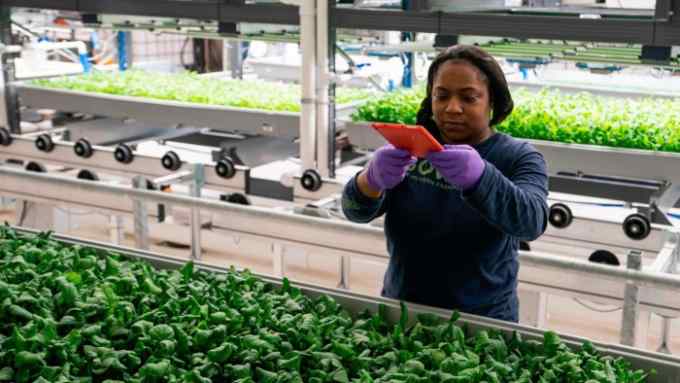
Comments